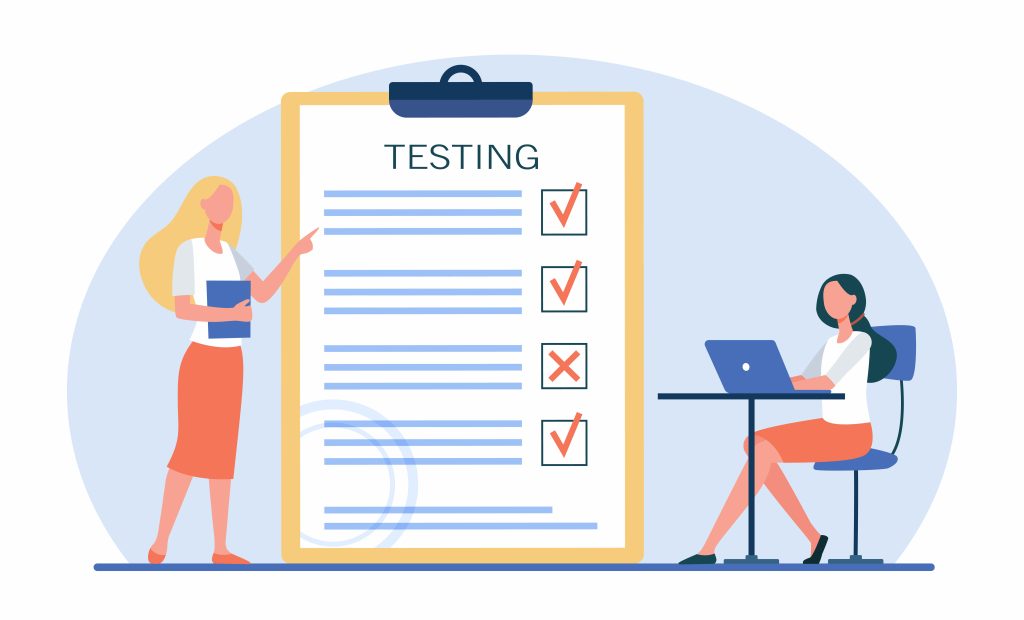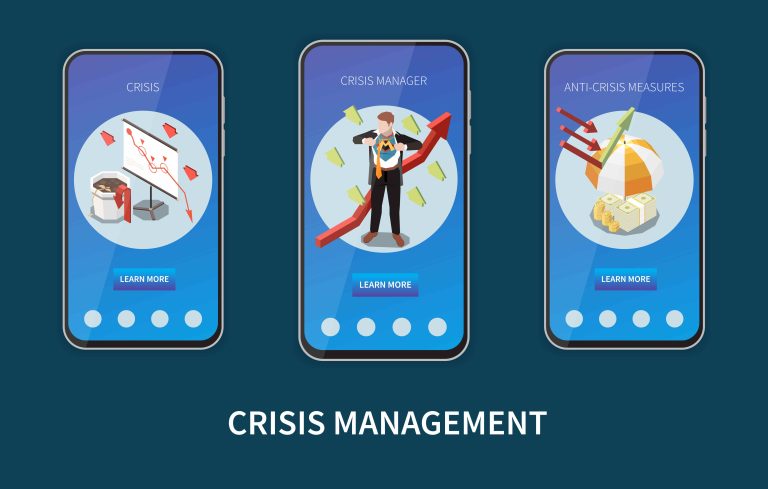Introduction to Business Continuity and Crisis Management
Business continuity and crisis management are two critical components of a comprehensive crisis management plan. By preparing for various business disruptions, we can reduce the impact of these crises on our organisations, increase our resiliency, and improve our ability to recover from future challenges. The Business Continuity Institute (BCI) defines business continuity as the ability to continue business operations during a crisis or disruption and crisis management as the activities that must be performed to restore the business to its original condition. Our ability to recover from interruptions depends on our ability to quickly identify the source of the interruption and know what actions must be taken to restore the organisation.
Understanding the Business Risks and Impacts
Business disruptions are a significant concern for any business and can have substantial financial and reputational impacts on a company. The most effective strategy is anticipating and preparing in advance. This article provides advice on developing a comprehensive crisis management plan, including tips for assessing the potential impact of a disruption, planning a recovery strategy, and communicating effectively with customers and employees during and after a disruption.
A comprehensive crisis management plan provides a practical framework for managing potential business disruptions.
Assessing the Threats
To develop a comprehensive plan, we must assess potential risks, threats, and vulnerabilities in order to plan accordingly. By understanding and managing the risks associated with various threats, we can proactively prepare for potential disruptions and reduce the likelihood that they will negatively impact our business operations.
For example, we can determine if our current IT systems are vulnerable to phishing attacks, distributed denial of service (DDoS) attacks, malware infections, and data breaches.
What risks would affect your business? Make a list of all the possible scenarios where you wouldn’t be able to operate effectively.

Identifying and Responding to Emergencies
With the emergence of technology, there are new threats to our daily lives that may disrupt our business operations. Although many businesses have emergency response plans to deal with natural disasters and other emergencies, these plans are often outdated and incomplete. To prevent business disruptions due to emergencies, you must implement an emergency response plan that is effective and complete.
Reviewing and updating your emergency response plan may be wise. This will help to reduce the risks to your business.
Plan Your Business Emergency Response to prevent emergencies from disrupting your business operations, it is essential to plan your emergency response.
Evaluating Your Organisation's Disaster Recovery Plans

Many businesses are not adequately prepared for the types of disasters that could affect their operations. In a recent survey conducted by the Society for Business Disaster Recovery, almost half of the respondents reported that their organisation still needed to develop a comprehensive disaster recovery plan. To ensure your business is prepared for an emergency, you could start by implementing an IT Disaster Recovery Plan or a power outage recovery plan.
Establishing a Crisis Management Team
Establishing a crisis management team with the appropriate personnel and technology can reduce risk exposure and mitigate potential negative consequences. You should ensure that you have access to up-to-date and accurate information, as well as an action plan. This may involve The need for emergency services. In the event of a crisis, you should identify all the services your business relies on and whether or not they are available.
Preparing Your Crisis management plan
Creating a crisis management plan for your business can be a daunting prospect. Here are some steps to prepare a plan:

Join the NoLimits Business Community
Are you a business owner looking to take your business to the next level? Join our innovative community of like-minded professionals and gain access to a wealth of valuable resources, including a community portal to chat with other business owners, ebooks, business development software, and growth events that will transform the way you do business. Best of all, these resources are completely free and will be available to you forever.
But the benefits of joining our NoLimits business community don’t stop there. By becoming part of our community, you’ll have the opportunity to connect with other business owners, share insights and ideas, and build valuable relationships that will help your business thrive. Don’t miss out on this amazing opportunity to supercharge your business and join us today!
1. Identify potential crises
Identify potential threats and risks that could impact your business, such as natural disasters, cyberattacks, product recalls, or financial problems.
2. Assess the risks
Once you have identified potential crises, assess the associated risks. Determine the likelihood and potential impact of each situation on your business.

3. Create a crisis team
Appoint a crisis team responsible for developing and implementing the crisis management plan. This team should include key personnel from various departments such as finance, legal, human resources, and operations.
4. Develop a communication plan
Develop a communication plan that outlines how you will communicate with employees, stakeholders, and the media during a crisis. This plan should include contact information for key personnel and clear protocols for sharing information.
5. Outline response procedures
Develop response procedures for each potential crisis, including specific steps that need to be taken and the roles and responsibilities of each team member.
6. Test the plan
Conduct a tabletop exercise or simulation to test the crisis management plan and identify any areas that need improvement.

7. Update the plan
Regularly review and update the crisis management plan to ensure it remains relevant and practical.
Following these steps, you can prepare a comprehensive plan to help your business respond effectively to unexpected events and minimise potential damage.
By David Rivers
Join the NoLimits Business Community
Are you a business owner looking to take your business to the next level? Join our innovative community of like-minded professionals and gain access to a wealth of valuable resources, including a community portal to chat with other business owners, ebooks, business development software, and growth events that will transform the way you do business. Best of all, these resources are completely free and will be available to you forever.
But the benefits of joining our NoLimits business community don’t stop there. By becoming part of our community, you’ll have the opportunity to connect with other business owners, share insights and ideas, and build valuable relationships that will help your business thrive. Don’t miss out on this amazing opportunity to supercharge your business and join us today!

